I'm in the forest a lot. As an ecologist, it's part of my job, but it's also a hobby; I hike, bike and shoot outdoor photography. So I'm among the trees for a solid portion of my time. Which is why it's strange that I only recently wondered how many there are on the planet (I'm not a global ecologist so I'm cutting myself some slack here).
The question came to me while I was on a hike, just a couple of days ago. I remember the exact moment when the thought occurred. I was taking this photo (see the not great photo below), and thought "there's a lot of trees in this shot", and then I thought, "I wonder how many there are", and then I thought, "I wonder how many there are everywhere". My brain tends to think in questions when I let it go where it wants.
As it turns out, I actually knew the answer to this one already. In 2015, a group of ecologists published this paper, estimating that there are about 3 trillion trees across the planet. That's trillion, with a "t". After searching the literature, I remembered reading this paper (and some other related research from the same lead author, Thomas Crowther) for reasons I'll come back to in a bit. But one important part of the 3 trillion trees number is that it was a much larger magnitude than the previous estimates of roughly 400 billion trees globally.
In Crowther's 2015 paper, the authors reported that the highest tree densities were found in boreal and tundra biomes (Figure 1), while about 42% of the planet's trees are in tropical and subtropical areas, and about 46% in temperate and boreal biomes. The researchers made these estimates by pairing plot-based inventories with global satellite data to produce a new global map and dataset of tree density. The study received a lot of attention, and led to new research, like this 2022 paper which estimated that a total of 73,000 tree species exist globally, with roughly 9,000 of them yet to be discovered.
Another important aspect of the Crowther paper was that its authors claim that a region's tree density "can also be a meaningful metric to guide forests management practices and inform decision-making in public and non-governmental sectors". In fact, this work laid the foundation for an explosion of international tree-planting campaigns that in turn grew the idea to use forests as nature-based solutions to climate change. Which I've written about before.
Are you enjoying Brief Ecology? Consider signing up for a paid subscription to get an additional newsletter each week, and help keep Brief Ecology in production for the long-term. If you’re not ready to commit to another subscription (we all have too many), you can make a one-time donation to my coffee fund 👉 here
Despite the potential benefits of tree-planting projects, there is a lot of (justified) controversy around growing forests where they are not historically or currently present, a process also known as afforestation. A 2018 study found that a large-scale tree-planting effort in southwest China corresponded with an expansion of the arid zone in the region and also a decrease in river runoff. The results highlight that tree-planting campaigns could worsen conflicts under increasing water scarcity. Similarly, a 2019 study argued that the identification of deforestation areas and targeted tree-planting in Africa mischaracterizes the continents grassy biomes, and that transitions to forests would destroy the millennia-old ecosystems and the cultures that rely on them.
In 2020, researchers from the Netherlands published a paper highlighting that although afforestation has the potential to mitigate climate change, there are also a number of risks. These include: lower mitigation motivation overall, high risk to the permanence of carbon stored in forests, and the potential to increase food insecurity due to land requirements.
Crowther himself has also been subject to controversy. In fact, I can say that among ecologists, his reputation has steadily diminished since publishing the 2015 paper. For one, in 2019 he was part of a group of authors that published a report in Science claiming that the planet has room for another 1 trillion trees, a finding which many ecologists voiced concerns about ranging from how the authors arrived at that number, how they calculated potential carbon storage, and the effects of foresting arid regions and other non-forested biomes. The blowback prompted the authors to publish a response, and ultimately a correction to the original paper in which they conceded to some of the errors or mischaracterizations in the original paper.
Before these corrections, however, the 2019 paper (even more than the 2015 study) spurred a flurry of climate change optimism, reinforcing the status quo of allowing coorporatio’s to continue emitting greenhouse gases while using tree planting as an accounting trick to offset emissions. This is also something I've written about before.
For Crowther's part, he's since changed his tune on this message. At COP28, in 2023, he acknowledged that mass tree-planting projects are not an environmental cure all, and argued that preserving existing forests was a better climate change solution than simply planting trees. Chris Lang of REDD Monitor has a good piece that dives deeper into Crowther's shifting message. More recently, however, Crowther left his position at the Swiss Federal Institute of Technology in Zurich, after the institute declined to renew his contract this past January, citing “reports of alleged misconduct on a variety of levels”.
So, where does all of this leave us? Does the number of trees on the planet matter? Yes and no. Some important context is the different ways in which forest area is lost. Global Forest Watch estimates that there was a 12% reduction in tree cover globally from 2000 to 2023, while only about 22% of that loss resulted in permanent deforestation. The primary driver of this type of forest loss is commodity-driven (i.e. capitalism). Although it should also be noted that Global Forest Watch does not consider forest loss due to agricultural shifting to be deforestation by default, in many cases it likely is, so the numbers could be higher than reported.
In Crowther's original 2015 paper, they reported a significant relationship between tree density and carbon storage in plant biomass, however they also acknowledged that the strength of the relationship was weak. They cited the influence of local ecological factors, particularly those that impact the tree size-density relationship. Additional research has since supported this, and is also something I've written about in the past.
In 2018, Theodore Endreny published a comment in Nature Communications calling for strategically growing urban forests. Endreny put forth some interesting ideas like creating forests over multi-story buildings to take advantage of the vertical space in cities and thus increase the ecosystem capacity of urban forests. Given the relative infancy of fields like urban ecology and urban forestry compared to the more traditional environmental disciplines, I agree with Endreny that these are important areas for ecologists to focus on.
In short, it does matter how many trees there are. But there's more to the story than that. It matters where they are, how big they are, how old they are, and whether they should be there or not. Our existing forests are vital to conserve, and where they've been lost historically we should regrow them. But simply planting trees is not a license for corporations to continue emitting greenhouse gases. That will only exacerbate our current problems.
Are you an ecologist or environmental professional? I’d love to get your thoughts on this piece. Drop a comment and let know how your own work relates to these issues.



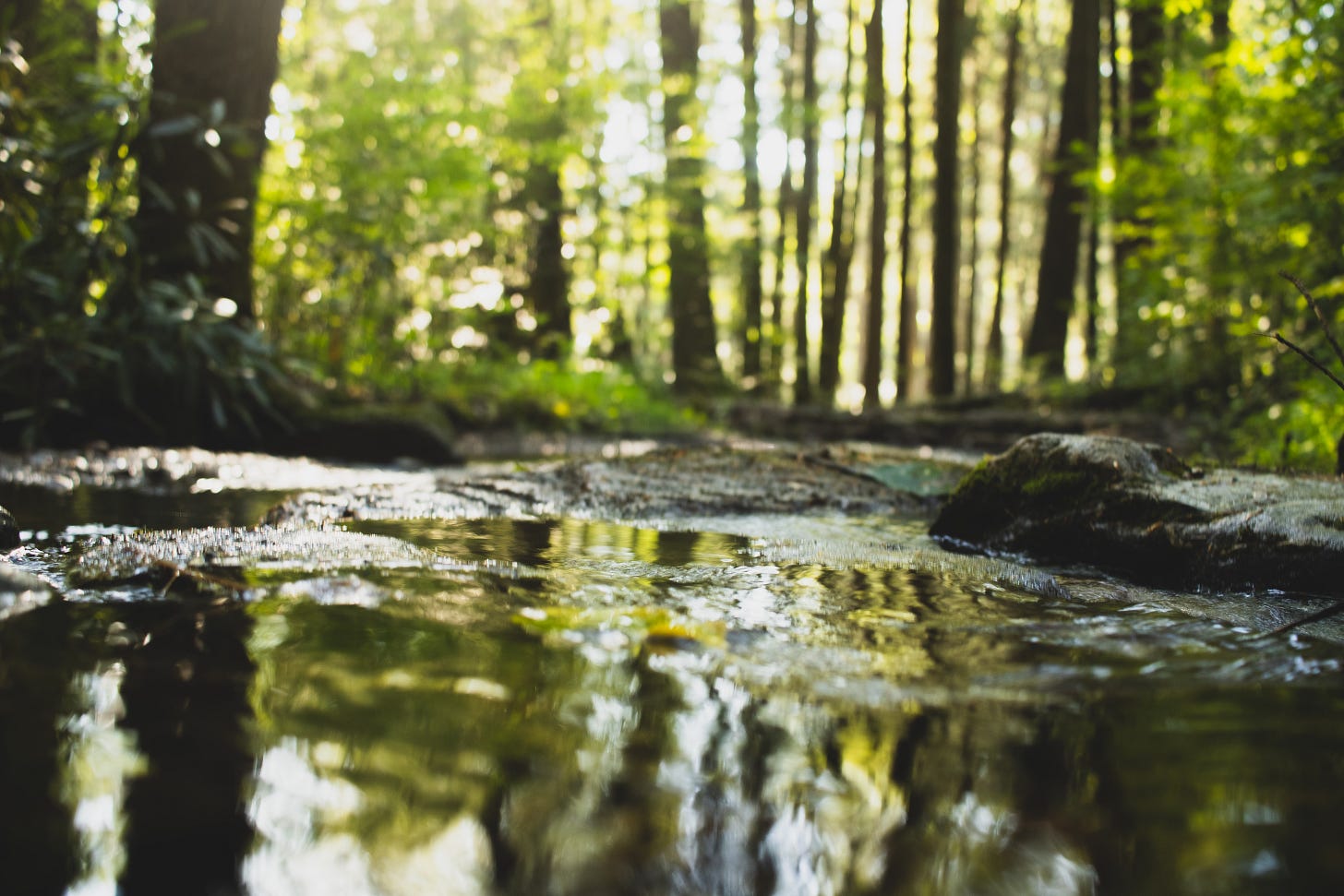
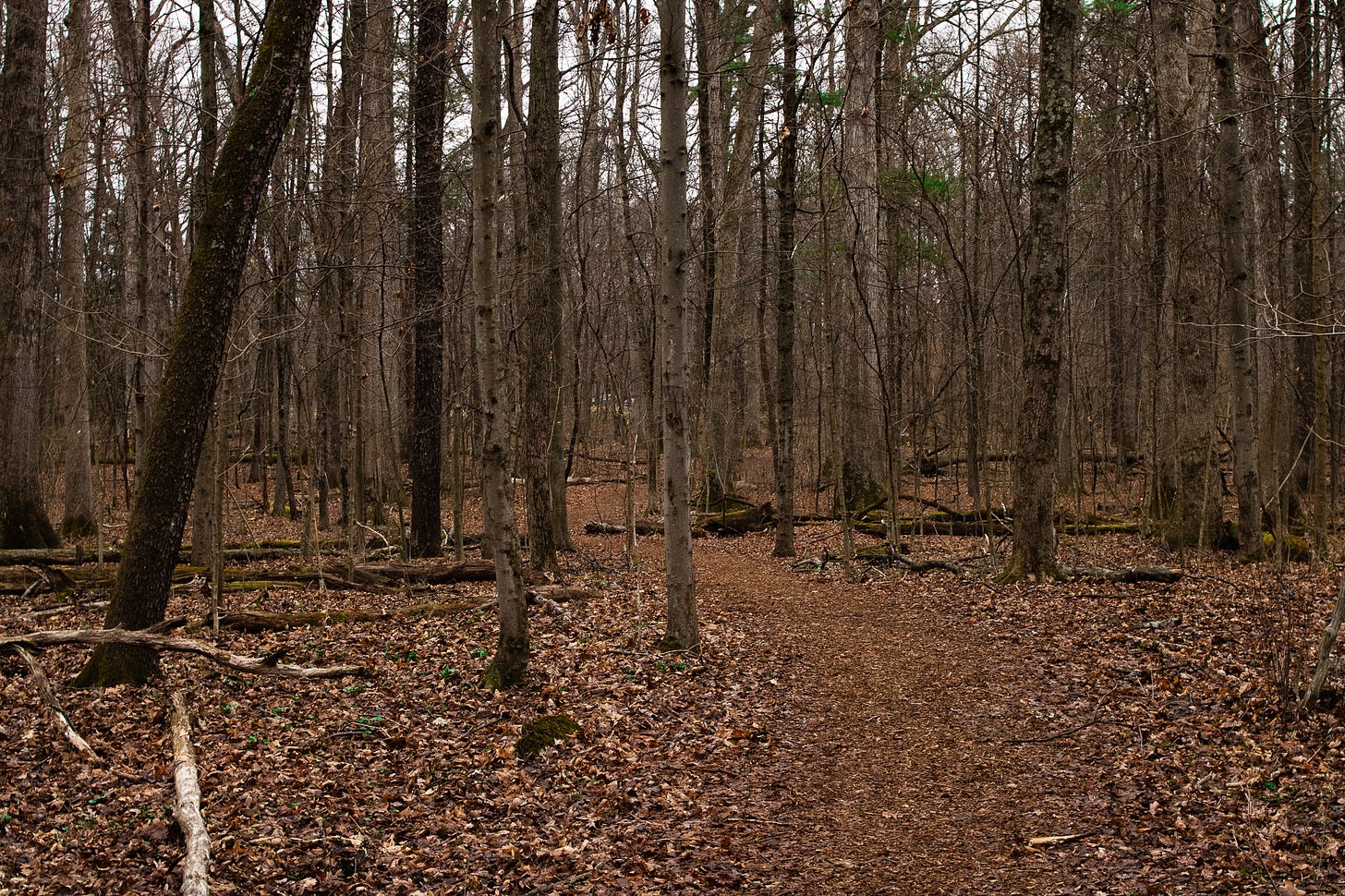
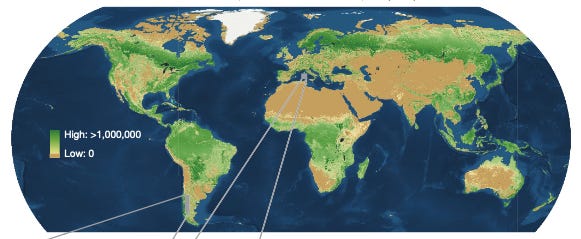
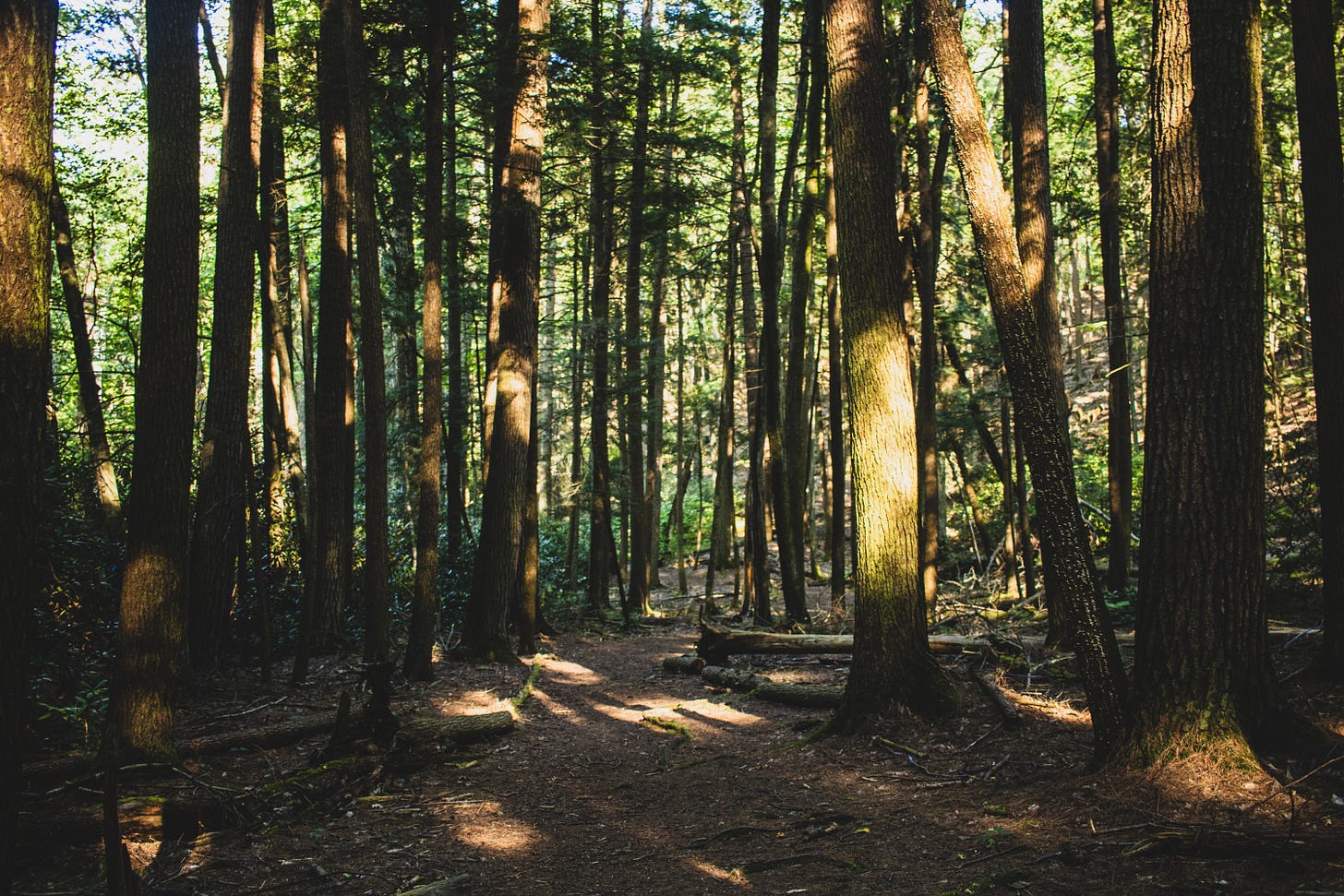
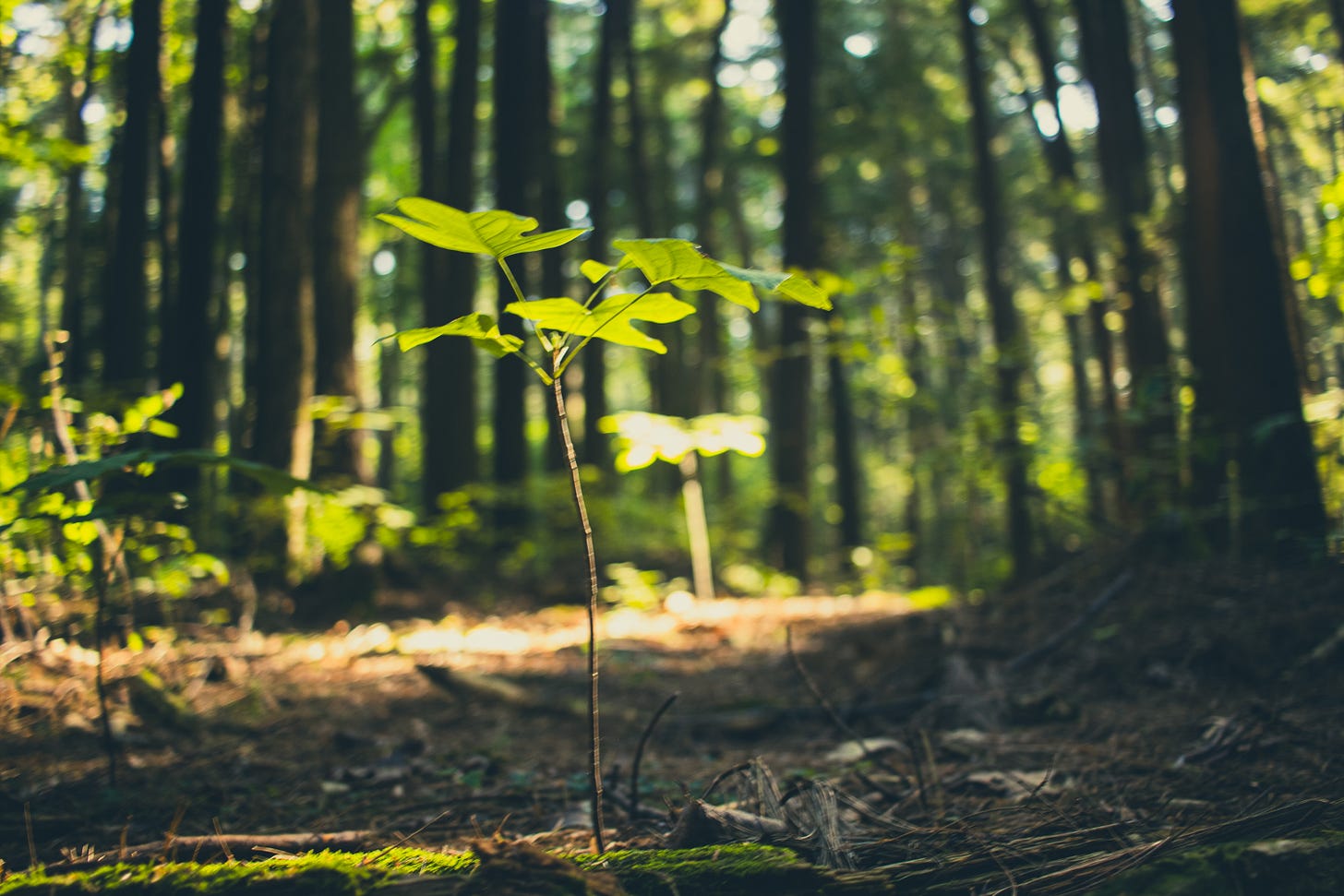
Hi Ben. Interesting summary. I appreciate your work. I do want to note that planting and protecting trees as a nature-based climate change solution has been around since at least the 90s. I wrote about it in my 2010 book, “Life in the Hothouse: How a Living Planet Survives Climate Change.”
It should never be seen as a way of avoiding reducing fossil fuels, though, as you point out.
Also important to note the huge difference in ecological functioning between old/well-established forests and new plantations, especially if the new plantations are not planted with multifunctionality and location-tailored biodiversity in mind